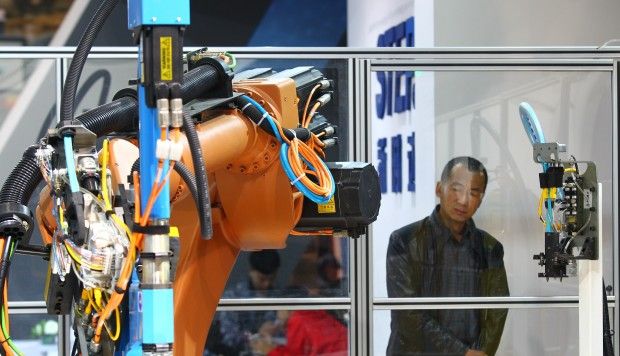Dec 28, 2017
NASA Planning Mission to Alpha Centauri—in 2069
Posted by Klaus Baldauf in category: space travel
NASA is prepping for a trip to the nearby three-star Alpha Centauri system—in 2069.
That’s my kind of advanced planning.
The mission, first announced by New Scientist, would include a 44-year-long expedition to an exoplanet in search of signs of life. Assuming NASA’s Jet Propulsion Laboratory (JPL) can figure out how to travel at a tenth of the speed of light.
Continue reading “NASA Planning Mission to Alpha Centauri—in 2069” »

















